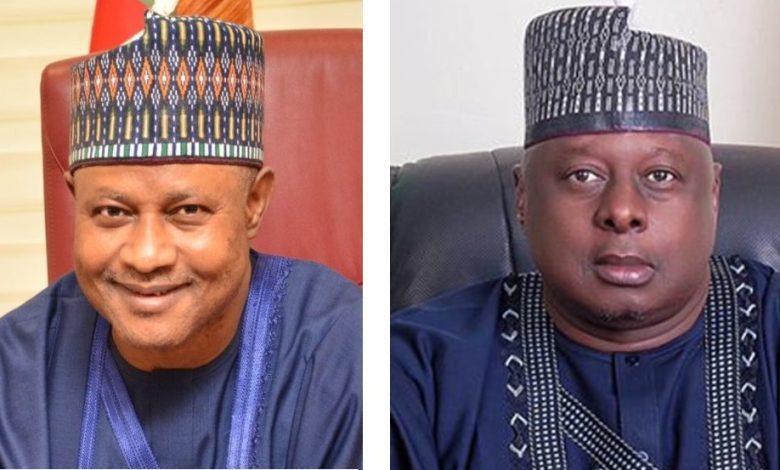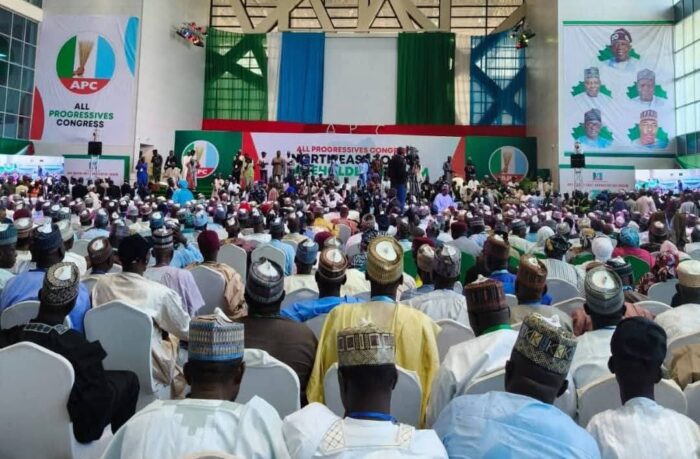
Attribution is the soul of journalism – Prof. Pat Utomi
In my years as a rookie in financial reporting, I could see that many of my colleagues and I struggled to find our way out of the labyrinth of reporting budget proposals accurately.
The confusion normally arose from 1) conflicting figures as a result of sums not adding up as presented; 2) inability to decide which angle best captures the curiosity of readers; and 3) inability to calibrate and break down figures to the easy comprehension of readers.
There was also the problem of reporters not conversant with figures usually hitting brick walls when the amount projected runs into figures beyond their ken.
So, where the federal government, for instance, projects the sum of 11, 028, 656, 000.32 to be spent in a particular year, the reporter’s first challenge is to decide what the figure stands for and whether to take the risky route of venturing into calibrating the figures to the comprehension of the reader or reproducing them to save himself from possible gaffe.
Those days, budget estimates do not go beyond hundreds of millions hence the perplexity when figures begin to touch the threshold of billions and trillions.
Then there was the much bigger problem of the angle from which to take the story as every budget presents at least three basic angles from which to approach it.
While the entire estimate may present a bogus figure fit for a lead story, a more finicky reporter would tend to look at certain details that may point to intended malfeasance or lack of proper administrative sense of judgement.
Such that while some may report that a government projects to spend a whopping N300 billion in a certain year, a more finicky hand would, using the same estimate, bring out the fact a whopping N90 billion representing 30 percent of the budget was meant for foreign trips for the president alone!
Some would still rather approach it from contrasting the capital and recurrent expenditure.
In giving depth to the report, there is also the matter of whether the previous budget ran into a deficit or surplus or if it was balanced and with proper handling may also present a ‘scoop.’
There is however the clear case of conflicting figures as presented by the government owing to miscalculations, hasty conclusions and lack of attention to details.
When such occur, the tendency is to see conflicting reports over the same document.
When it became clear that journalists needed help in that area of reporting several institutions like the World Bank, Lagos Business School and others waded in to organise several workshops to train journalists on how to handle such matters.
I have attended at least four of such courses in Lagos and Abuja and, in one of the lectures, the renowned political-economist, Prof. Pat Utomi educated us on how to find our ways out of the maze.
He told us point-blankly that where we fail to reconcile the figures in a document and are confused over what should stand as the amount projected, that attribution should solve the problem.
He explained that if, for instance, the state governor said his administration is spending N300 billion in the coming year and in another breath says it is spending N310 billion, that it is not for the reporter, if he is unable to find an explanation, put what he perceives as the right figure in governor’s mouth but to report what the governor said by quoting him especially if the issue is raised and the governor insists that the two figures are one and the same thing.
If in a different case, from an independent calculation, all that would accrue to the state is a mere N170 billion and not the N300 billion claimed, it is not for the reporter to say the state government is spending only N170 billion as the proper thing to do, he said, would be to report that the governor said he is spending N300 billion but after reporting what the man said, the reporter could in his analysis raise the question of where the balance of N130 billion could come from.
That was why I had to raise an alarm yesterday when the issue of reporting the judgment of the Kaduna Elections Petition Tribunal arose as there were two conflicting reports with one saying the governor had been sacked and another saying his election had been upheld.
Some of my colleagues felt I was not being fair since I did not know what led to the confusion. But I felt that if by evening no one was sure of what the tribunal said, then we have a problem on our hands.
My intervention was not to ridicule my colleagues but to raise the red flag for us to be more circumspect.
If the judges presented conflicting judgments, that conflict alone I believe, provided enough grist for the mill to make the reader understand what was happening and the reporter does not necessarily have to overreach himself to draw a conclusion over what he did not understand.
The drama that played out over the split decision and the hypothesis of what would have been if the case was not dismissed on technical grounds would have been interesting enough to give the readers the information to fathom the confusion.
That way, the necessity to report what was going on, I believe, should have superceded the need to interpret and conclude especially where doubts arise.
Or better still, like Prof. Utomi said, quoting verbatim what the judges said would have solved a lot of the riddle.
But it was not healthy that the conflicting reports lingered for a while to the extent that people did not know who to believe between those that said the election was upheld and those that said the governor was sacked and a rerun ordered.
I understand that reporters were not allowed into the court as the proceedings were beamed through electronic devices, but that to me is not enough to obfuscate the judgment.
- Agbese is a senior journalist


